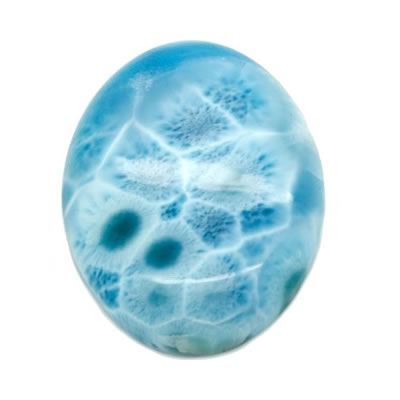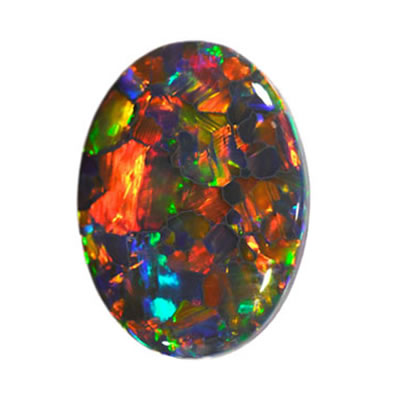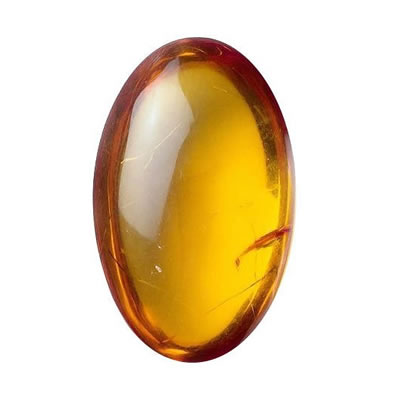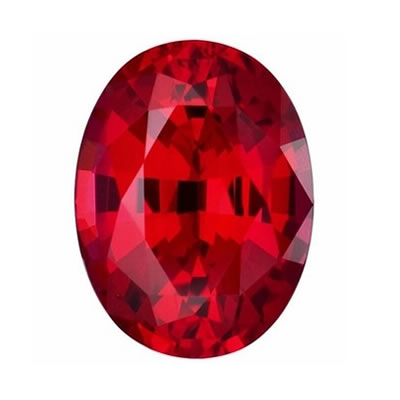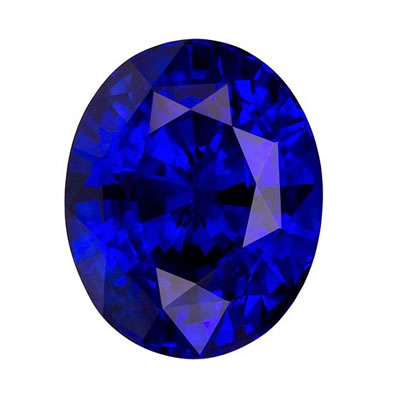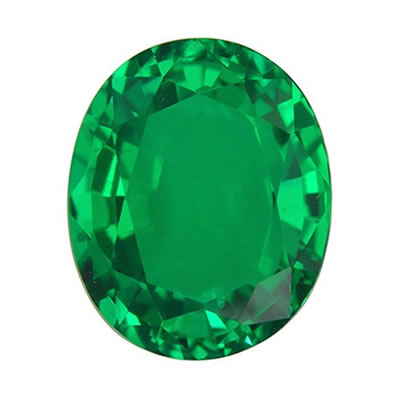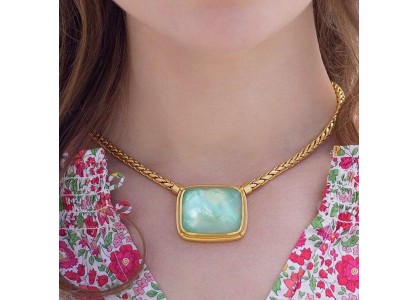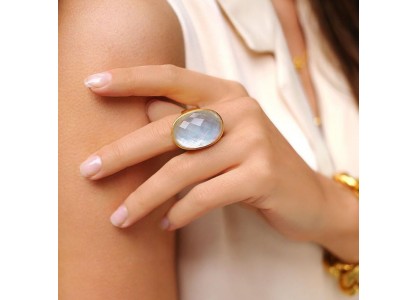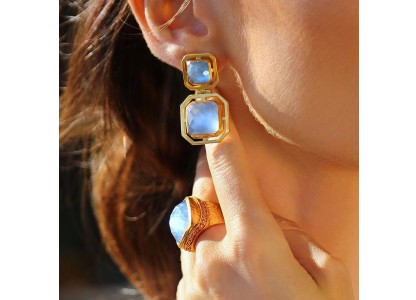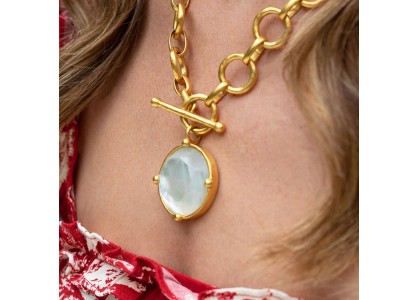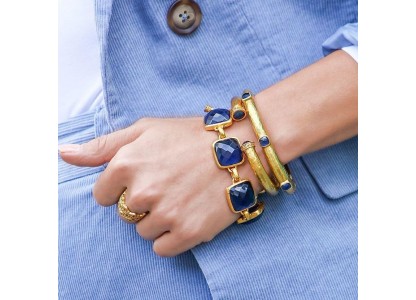Sugilite

Sugilite jewelry
Etymology and history
The name of Sugilite is taken after the Japanese geologist, Ken-ichi Sugi, who first identified it in 1944. It has a distinctive purple color and is usually opaque to translucent. It is opaque with a waxy luster and ranges from a pale grayish lavender to a deep dark purple. Sugilite is also known under the trade names of "Royal Lavulite" and "Royal Azel"
Sugilite description
Sugilite (also known as luvulite) is a relatively rare pink to purple cyclosilicate mineral. In mineralogical terms, sugilite is classified as a cyclosilicate, in the same class as tourmaline, iolite and the beryl group. Sugilite has a very complex chemical composition; it is a Potassium Sodium Lithium Iron Manganese Aluminum Silicate. It is only rarely found as crystals, usually being massive in form. Sugilite has a Mohs hardness of 5.5 to 6.5 and a specific gravity of 2.75-2.80. It has a refractivy index of1.607-1.61 and typically has a vitreous to waxy luster. Not especially hard, sugilite is quite a durable material since it has poor cleavage. Bright purple stones with little matrixing or blotches are the most valued. Gem grade sugilite is beautifully and because it is quite rare the price on the market can only go up.
Sugilite in jewelry
Sugilite is one of the stone, what is good for all type of the jewelry. This stone is ideal for rings, earrings, bracelets, necklaces, pendants, pins and brooches as well as many other types of jewelry.
Occurrence
The main deposit of sugilite is found in Japan, but It is also reported from Liguria and Tuscany, Italy; New South Wales, Australia; and Madhya Pradesh, India
Talk to Our Jewelry Experts
Monday to Friday from 9AM to 5PM EST

